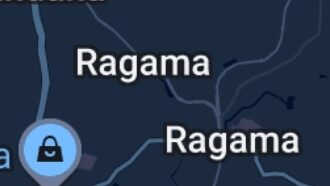Bangladesh – Governments do change. There is also many precedence of shift of power due to popular revolt. Bangladesh has gone many steps ahead. In an effort to disregard former Prime Minister Sheikh Hasina’s15-year rule (2008-2024), they are trying to disregard the past along with the country’s extraordinary achievements and the reasons behind it. The move landed them to a political turmoil which may potentially end up in an anarchy and underdevelopment trap, signified by a cycle of sustained unrest and low investments impacting the long-term income potential of the economy.
Between 1972 and 1991, when Bangladesh was largely under army rule, its gross domestic product grew from roughly $6 billion to $ 31 billion (at current prices)i.e five times. On the flip side, Bangladesh was then abysmally poor. The growth therefore had the advantage of low base. In the first decade of democratic rule since 1991, Bangladesh’s GDP increased by 74%, from $31 billion to $54 billion. Between 2001 and 2011, GDP grew by more than double to $129 billion. In the very next decade (2011-2021), the economy, now fairly big, expanded by over three-times to $416 billion.
Read more
https://english.nepalpana.com/content/190
The post Bangladesh running the risk of snapping lifelines provided by India appeared first on Newswire.





